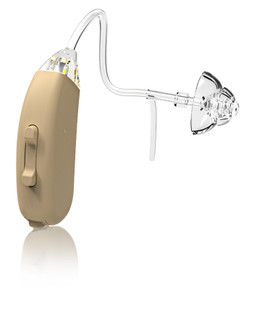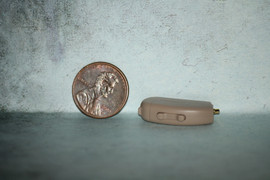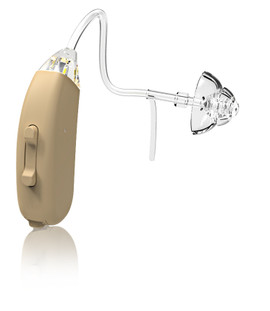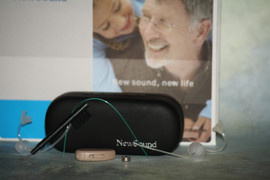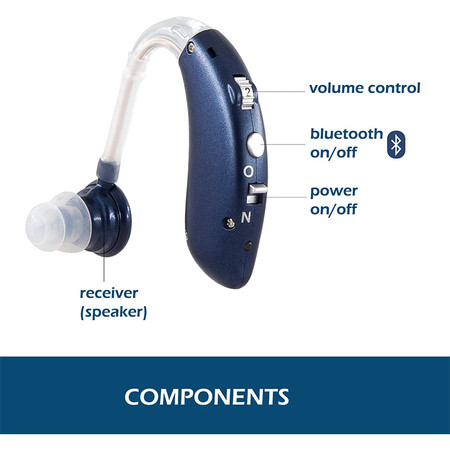Understanding Battery Life and Charging Options for Rechargeable Hearing Aids
Posted by DR Paul on Jun 25, 2023
Are you considering buying a rechargeable hearing aid but aren't sure how its battery life compares to traditional disposable hearing aids? Or, are you curious about the different charging options available for rechargeable hearing aids? This blog post aims to answer these questions, as well as provide you with additional information to help you make an informed decision when buying a hearing aid.
Battery Life
First and foremost, it's important to understand that the battery life of a rechargeable hearing aid will vary depending on the specific model, manufacturer, and usage habits. However, most rechargeable hearing aids can last anywhere from 16-30 hours on a single charge, which is more than enough to get through an entire day or longer. In comparison, traditional disposable hearing aids typically last around 7-10 days before needing a replacement battery.
Charging Options
But what about charging options? Many rechargeable hearing aids come with their own unique charging options, such as a charging dock or USB cable. Some hearing aids even have the ability to charge while you're on-the-go, such as through the use of a portable charging case. It's important to understand how your particular hearing aid charges so that you can properly care for and extend the life of the battery.
Battery Life
Another consideration when it comes to battery life and charging options is the impact of hearing aid features and usage habits. For example, if you frequently use your hearing aids in noisy environments or for streaming media, your battery life may be impacted more quickly. Additionally, if you forget to turn off your hearing aids when not in use or leave them in the charging dock for too long, it can also shorten the life of the battery. By being mindful of these factors, you can optimize the battery life and lifespan of your rechargeable hearing aids.
Higher Price
It's worth noting that rechargeable hearing aids may also come at a higher price point than traditional disposable hearing aids. However, the convenience and environmental benefits of not having to constantly change and dispose of batteries can make the investment worthwhile for many hearing aid users. Additionally, many rechargeable hearing aids now come with warranties and servicing plans to ensure that your investment is protected and maintained.
Conclusion:
In conclusion, rechargeable hearing aids offer a convenient and environmentally-friendly alternative to traditional disposable hearing aids. By understanding the battery life and charging options available, as well as taking care to optimize the battery life and lifespan of your hearing aids, you can ensure that you get the most out of your investment. As always, it's important to consult with your audiologist or hearing care professional to determine which hearing aid is best suited for your unique needs and lifestyle.

